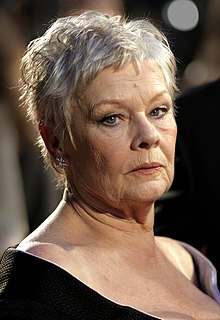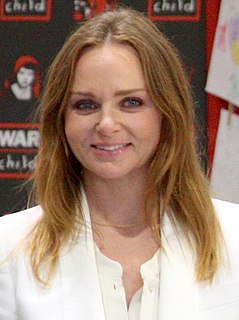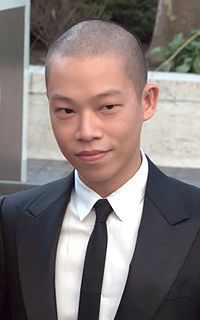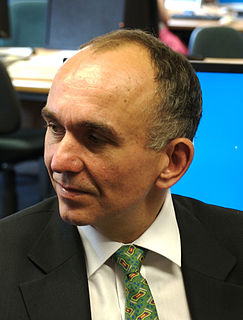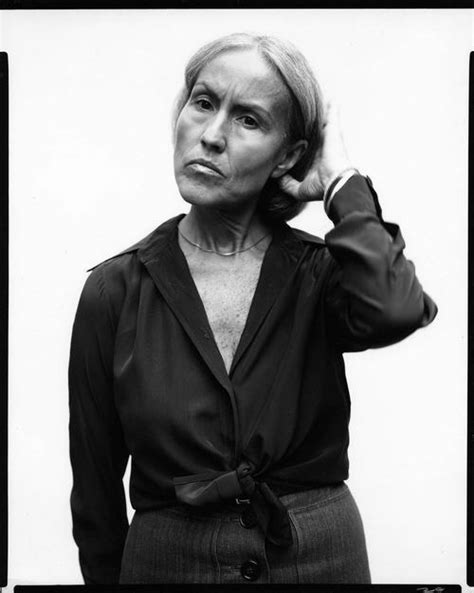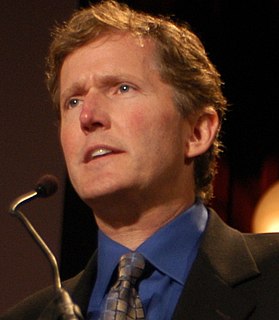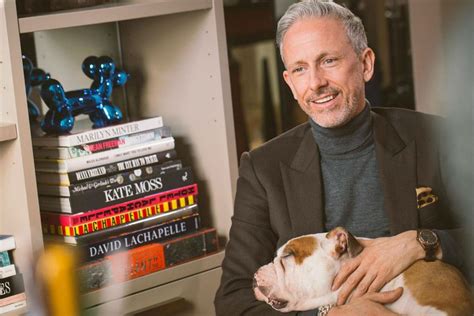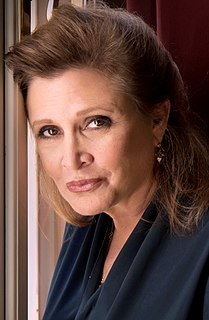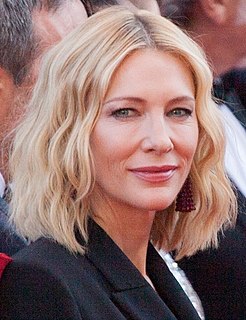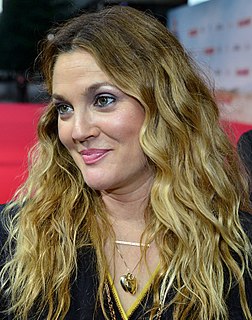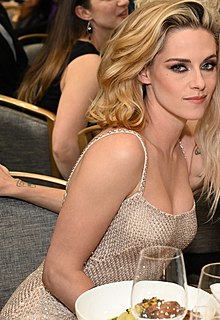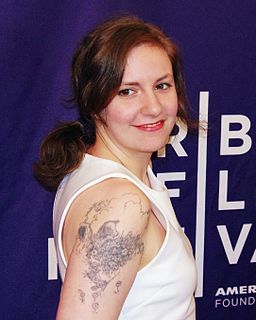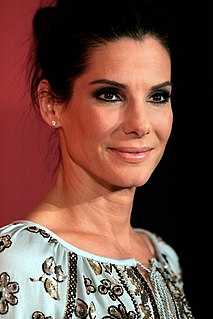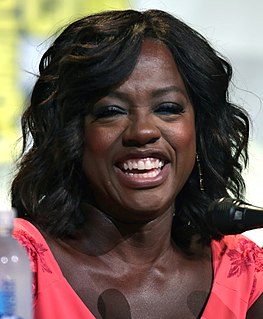A Quote by Judi Dench
I started off as a theatre designer, and by some extraordinary circumstance I saw something in Stratford-upon-Avon, and realized that that's the kind of design I want, but also that that's the kind of designer I'll never be.
Related Quotes
By trying to adjust to the findings that it once tried so viciously to ban and repress, religion has only succeeded in restating the same questions that undermined it in earlier epochs. What kind of designer or creator is so wasteful and capricious and approximate? What kind of designer or creator is so cruel and indifferent? And - most of all - what kind of designer or creator only chooses to "reveal" himself to semi-stupefied peasants in desert regions?
How a designer gets from thought to thing is, at least in broad strokes, straightforward: (1) A designer conceives a purpose. (2) To accomplish that purpose, the designer forms a plan. (3) To execute the plan, the designer specifies building materials and assembly instructions. (4) Finally, the designer or some surrogate applies the assembly instructions to the building materials. What emerges is a designed object, and the designer is successful to the degree that the object fulfills the designer's purpose.
Constrained optimization is the art of compromise between conflicting objectives. This is what design is all about. To find fault with biological design - as Stephen Jay Gould regularly does - because it misses some idealized optimum is therefore gratuitous. Not knowing the objectives of the designer, Gould is in no position to say whether the designer has proposed a faulty compromise among those objectives.
If you've taken the job to be the stylist for a collection, then I think it's important for you to really listen to the designer and look at the board. Look at the wall, look at what the designer is interested in, and then move on to that. But the designer also must not lose sight of the reason for their point of view. Otherwise it won't come across.
I think the way design was practiced for most of the 20th century was very declarative. A designer came up with a solution for a project and put it in place and shipped the solution and it landed in a reader or a customer's hands as a brochure. They would see it as a poster, or as a piece of signage. And that was sort of it. That was the end of it. I think Internet technology has really upended that whole equation because in some ways a designer's work is never really done online.
